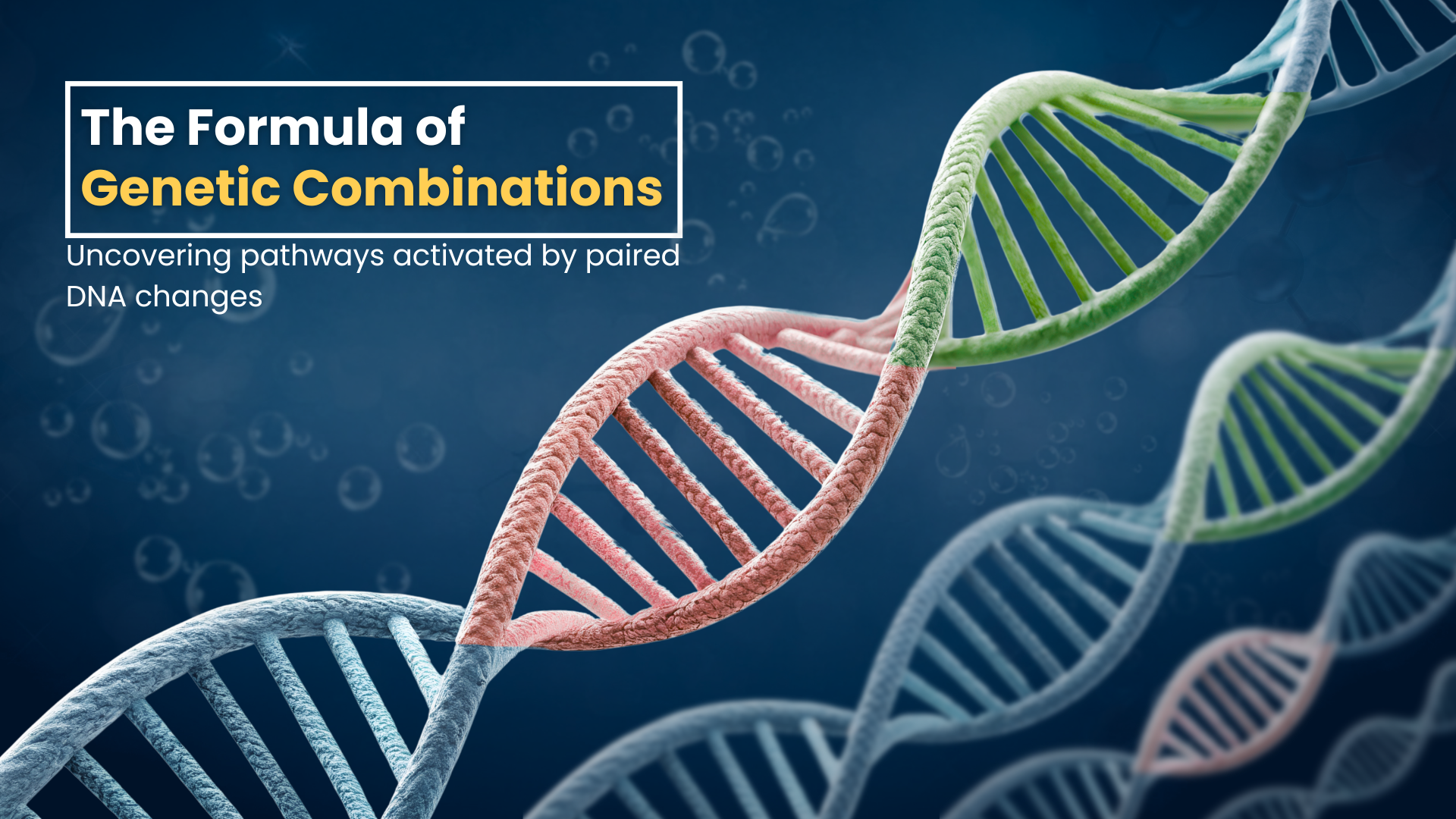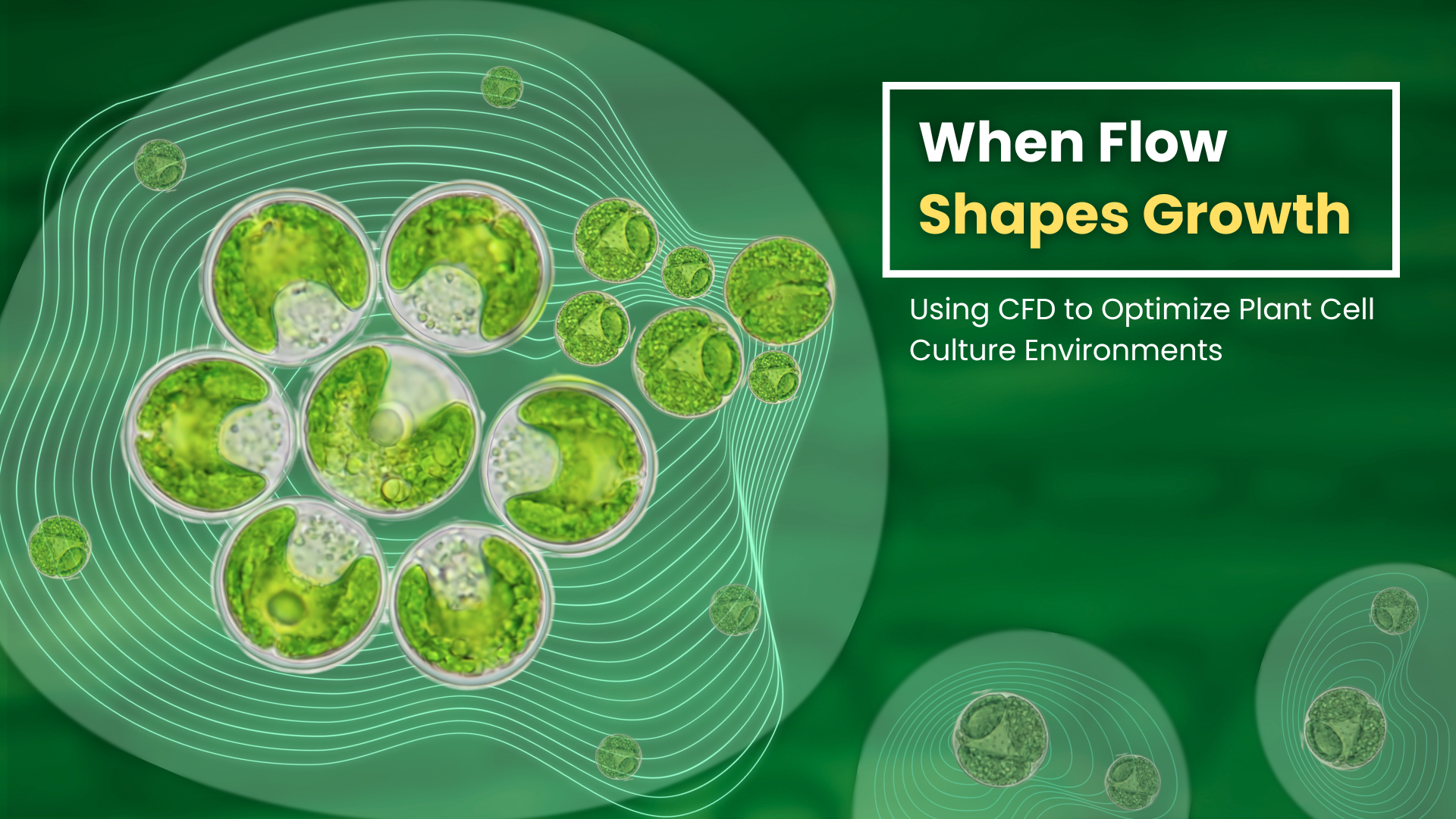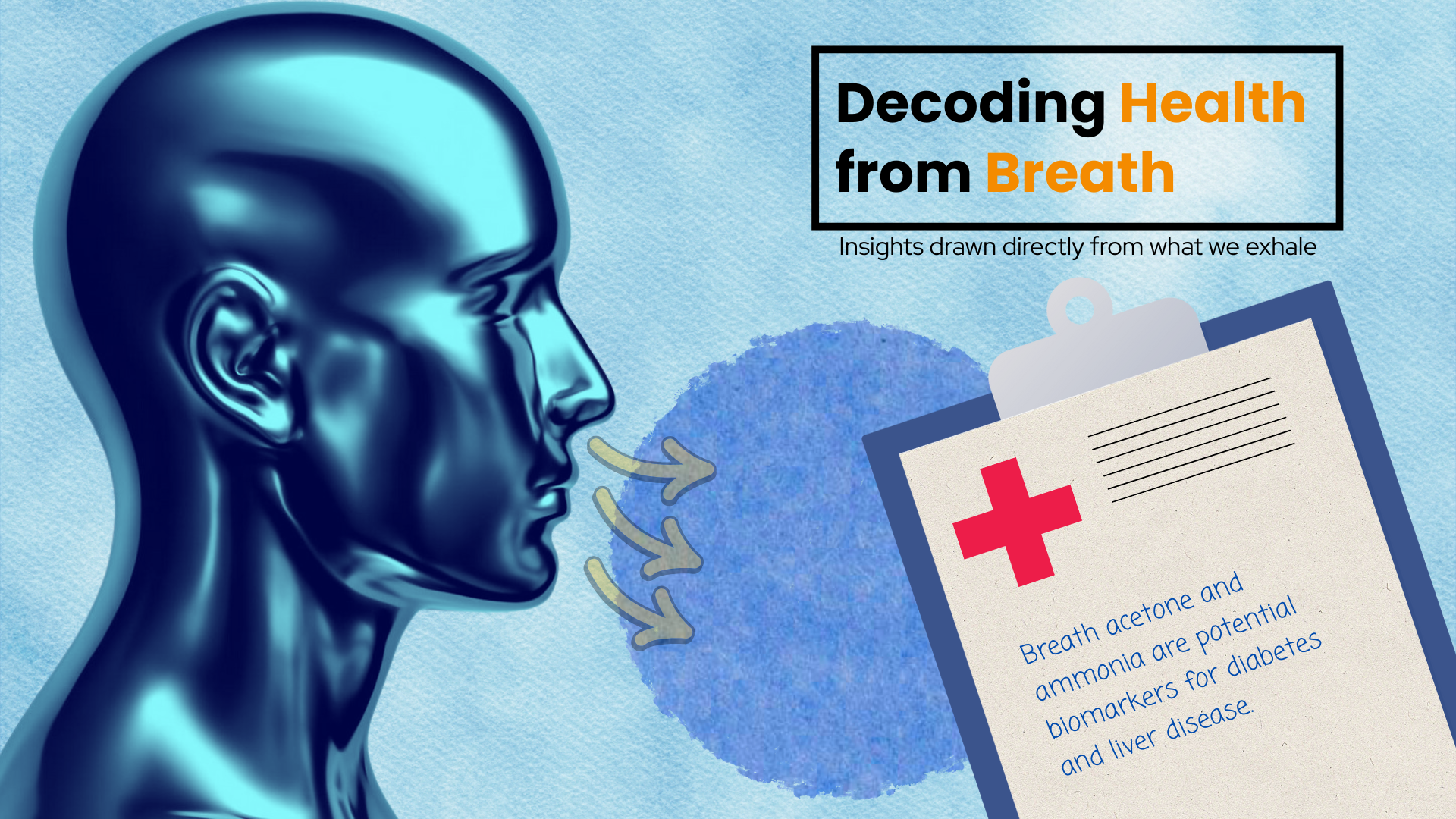
Ever since generative AI tools like ChatGPT have become a phenomenon, there has also been a huge explosion in AI tools that can predict protein structures as well.
The study of proteins is very important. Proteins are rightly called the building blocks of life. They can exist as enzymes to catalyze biochemical reactions; they also have structural and mechanical functions like those of actin and myosin in muscle. They also play crucial roles in cell signaling, immune response, and the cell cycle.
What is unique and attracting a lot of researchers’ attention is that proteins interact with one another. These protein-protein interactions are responsible for a wide variety of activities like cell signaling, metabolism, and gene expression.
The problem arises when mutations occur in these protein-protein complexes, which affects the stability of the complex, disturbs the functionality, thus leading to diseases.
A property of protein-protein complexes is the binding of two or more proteins. This interaction is known as the binding affinity, Binding affinity, the strength of the interaction between two or more molecules of proteins, is crucial when assessing how mutations affect protein-protein complexes.
There are several methods to detect the effect of mutation on the binding affinity of protein-protein complexes, but these are labour-intensive, time-consuming, and expensive. There is therefore a need for computational methods to predict the binding free energy changes upon mutation in protein-protein complexes.
Currently, there are two such methods, namely – structure-based and sequence-based methods.
But these methods too have limitations. Structure-based methods, which use the structural properties from protein complexes to predict the change in binding affinity upon mutation, are limited because of the lack of availability of experimentally known structures of protein-protein complexes.
Sequence-based methods have been developed for predicting changes in binding affinity upon mutation. But leveraging the information on comprehensive experimental datasets, sophisticated computational models of protein structures such as AlphaFold2, and deep learning methods enhance the efficiency and performance of predicting the changes in binding affinity caused by mutations.
In this study, the authors Prof. M. Michael Gromiha and his students, Dr. Rahul Nikam, Dr. Sherlyn Jemimah, who are affiliated with the Department of Biotechnology, Bhupat and Jyoti Mehta School of Biosciences, Indian Institute of Technology Madras, Chennai, India (Dr. Sherlyn Jemimah is also affiliated with the Department of Biomedical Engineering, Khalifa University, Abu Dhabi, United Arab Emirates), have addressed these limitations and developed a deep ensemble model, DeepPPAPredMut, which takes a protein sequence and mutation as input from the user and predicts the change in the binding affinity upon mutation in the protein complex.

This method uses physicochemical properties, position-specific scoring matrices (PSSM), and amino acid properties. In addition, graph-based properties for mutation sites have been used.
DeepPPAPredMut was found to surpass existing methods when evaluated on a benchmark dataset and includes a user-friendly web server, which enhances accessibility for researchers.
To summarize, a robust deep ensemble model to predict the change in binding affinity in protein-protein complexes due to mutation was developed. The model exhibits remarkable predictive performance.
Dr. Manish Kumar from the Department of Biophysics, University of Delhi South Campus, New Delhi, India, acknowledged the importance of the work done by the authors with the following comments: “Mutations in interacting partners of protein–protein complexes may affect the stability of the complex and hence may disturb their function. Research group of Prof. Gromiha has developed a machine-learning based predictor, DeepPPAPredMut, which uses only the protein sequence and mutation as input and predicts the change in the binding affinity of the protein-protein complex upon mutation in the interacting protein partners. This work is published in the journal Bioinformatics, which is a highly reputed journal in the field of Bioinformatics/Computational Biology. As protein–protein interactions are essential for many vital cellular processes, such as signaling, metabolism, and gene expression, the tool has potential to explain molecular mechanism behind many diseases such as Huntington’s disease, Cancer etc.”
To further validate the efforts of the authors, Prof. R. Sowdhamini from the National Centre for Biological Sciences, Tata Institute of Fundamental Research, Bangalore, India gave the following appreciative analysis of the authors’ work: “Computational studies and prediction of consequences of mutations of residues at protein-protein interface are vitally important. Several deleterious mutations have often been mapped at such sites. However, less research groups have focussed on this question. In this paper, the authors have applied deep learning tools on a well-curated dataset to train for stability changes caused upon mutation at protein-protein interface. The training and testing statistical parameters have been performed rigorously. The authors have carefully followed the parameters, like centrality of residue, which contribute most to change in stability between wild type and mutation. The availability of webserver enables biologists and biochemists to access this tool.”
Article by Akshay Anantharaman
Click here for the original link to the paper
Here is the link to the DeepPPAPredMut web server:
Click here for the original link to the paper










